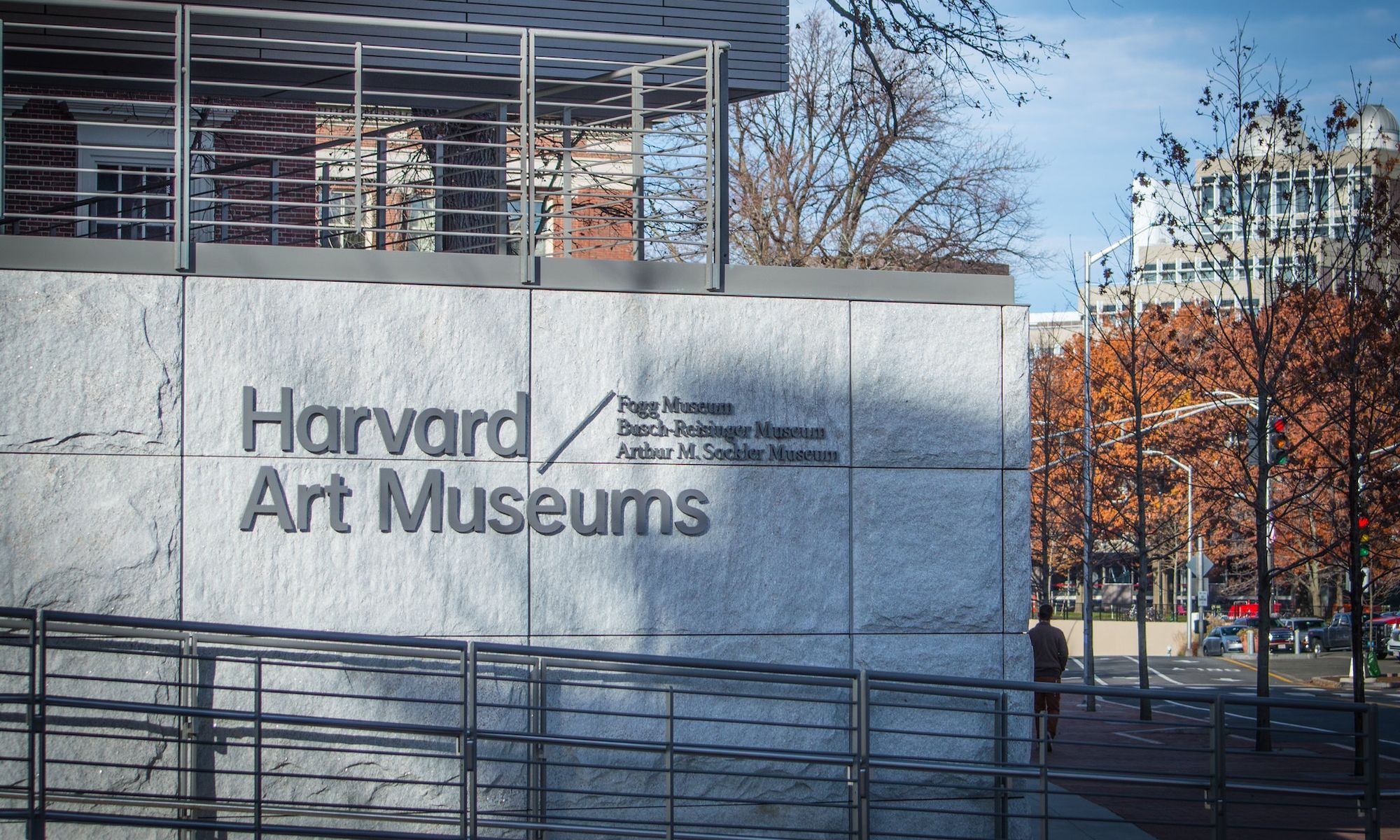The exterior of the Harvard Art Museums complex, which includes the Arthur M. Sackler Museum, in Cambridge, Massachusetts Photo by Paul Geffen, via Flickr
The leaders of Harvard University have decided not to rename its Arthur M. Sackler Museum, despite a prolonged campaign by students urging the institution to publicly cut ties to the family that is seen as singularly responsible for the opioid epidemic. University administrators also decided not to rename the Arthur M. Sackler Building, which is part of Harvard’s faculty of arts and sciences.
A committee that reviewed the student petition published a report on its decision not to recommend renaming the buildings earlier this week, The Harvard Crimson reported. The ultimate decision was made by the Harvard Corporation, the university’s top governing entity, which followed the committee’s recommendation last month.
The art museum and building on Harvard’s campus are named after Arthur Sackler, who died in 1987, nearly a decade before his family’s company Purdue Pharma started to market and sell the painkiller OxyContin. Subsequent investigations have revealed that the company aggressively marketed the drug, despite being aware of its highly addictive properties.
“Arthur Sackler’s legacy is complex, ambiguous and debatable,” the Harvard denaming committee’s report reads, in part. “The committee was not prepared to accept the general principle that an innovator is necessarily culpable when their innovation, developed in a particular time and context, is later misused by others in ways that may not have been foreseen originally.”
While Arthur Sackler has not been directly implicated in the opioid crisis, some activists—including the student petitioners at Harvard—have argued that the pharmaceutical marketing techniques he developed were instrumental in OxyContin’s success as a product and, ultimately, its devastating toll.
“The committee was not persuaded by the proposal’s arguments that denaming is appropriate because Arthur Sackler’s name is tainted by association with other members of the Sackler family or because Arthur Sackler shares responsibility for the opioid crisis due to his having developed aggressive pharmaceutical marketing techniques that others misused after his death,” the committee’s report adds.
According to the US’s National Institute on Drug Abuse, the number of overdoses involving prescription opioids has surged since the introduction of OxyContin in 1996, from fewer than 5,000 deaths in 1999 to around 15,000 deaths annually every year since 2010. In 2020, amid hundreds of lawsuits from local, state, federal and individual claimants, Purdue Pharma pleaded guilty to criminal charges related to its marketing of OxyContin, and members of the Sackler family agreed to pay $225m to settle civil claims. A subsequent bankruptcy filing by Purdue Pharma was met with widespread opposition, as it was designed to grant immunity from further liability to members of the Sackler family.
Many survivors, victims’ families and activists who had advocated for the Sacklers to be held responsible for the opioid epidemic—including the artist Nan Goldin (a survivor of opioid addiction) and her group Pain (Prescription Addiction Intervention Now), which relentlessly pressured art institutions to cut ties with the Sacklers, with great success—protested the terms of the settlement and bankruptcy filing. Earlier this summer, the US Supreme Court effectively nullified the Purdue Pharma bankruptcy over the Sackler’s immunity provision, putting the entire $6bn settlement and payout to victims’ families in doubt.
“Opioid overdoses have been ravaging Americans for two decades. Half a million people have been killed by this man-made plague, the origins of which can be traced to one family, the Sacklers, and their private company, Purdue Pharma,” Goldin and Pain wrote in a 2020 op-ed for The Art Newspaper. “Just as tobacco executives answered to the nation under oath about their misconduct, so should the Sacklers. Survivors and advocates deserve a chance to tell their stories. We will continue to fight our institutions to address the injustice of the opioid epidemic.”
Institutions have been split on how to handle buildings and spaces named after Arthur Sackler specifically. Another Massachusetts institution, Tufts University, decided to rename its Arthur M. Sackler Center for Medical Education in 2019. The Metropolitan Museum of Art in New York removed the Sackler name from many of its galleries, including its Sackler Wing, and pledged to stop accepting gifts from the family and Purdue Pharma, though it kept a gallery named after Arthur Sackler. The Smithsonian’s National Museum of Asian Art consists of two galleries, one of which remains named the Arthur M. Sackler Gallery. Goldin and members of Pain have staged protests at the Harvard Art Museums—which include the Arthur M. Sackler Museum—twice, first in 2018 and again last year.

